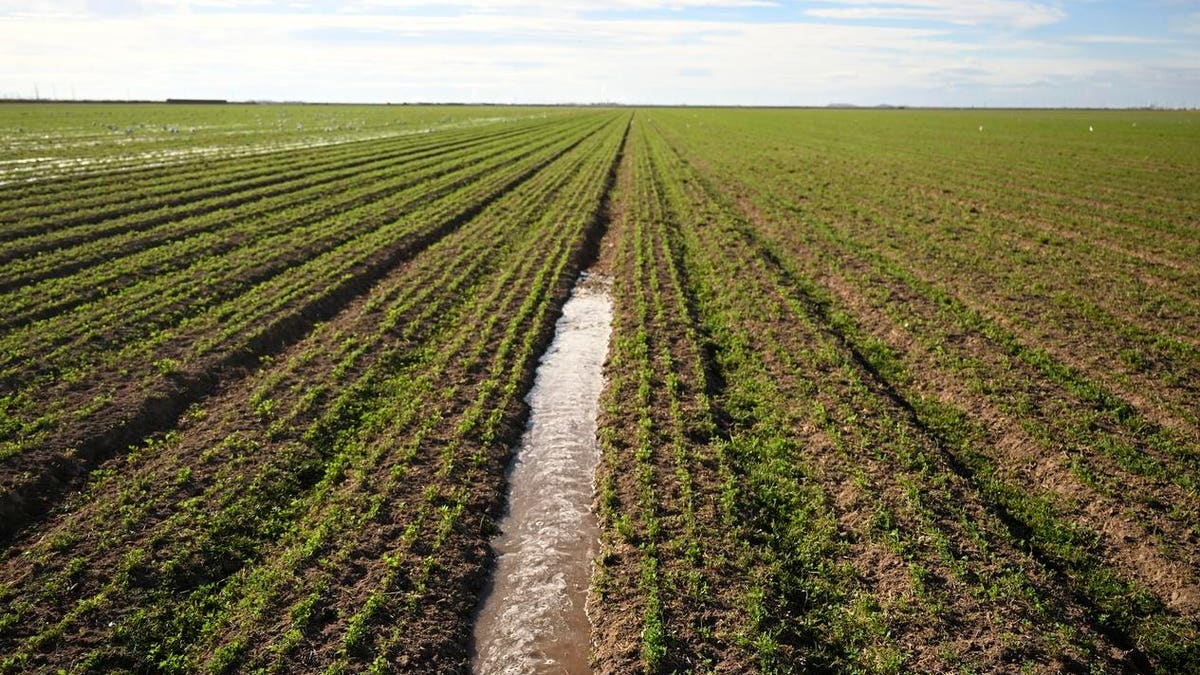Long advocated for by sustainable farming pioneers like George Washington Carver, cover crops have been promoted as a key way to transition to farming that’s better for the soil. It’s also one of the easiest ways for a large-scale farm to start, all considered, because it doesn’t restrict farmers based on the kinds of organic or chemical fertilizers they use. In other words, cover crops are a solid first step.
That’s why it was disappointing to hear that, according to a Perdue University survey released Tuesday, less large corn and soybean farmers are reporting to use the practice. Some 52% of respondents said they planted cover crops on at least some of their acreage—which suggests that the gains made in 2022 may have been wiped out.
Why the bulk of the farmers stopped cover cropping remains a mystery: More than half responded “other” to the question of the primary reason their cover cropping ended. The main options: not profitable (which 17% agreed with), hurt crop yields (12%), insufficient benefits (10%), lack of resources or expertise (9%). Who’s going to figure out how to avoid leaving farmers behind, especially ones who are already trying to farm better? Who’s going to cut through declining farmer sentiment and drive support for sustainable agriculture?
— Chloe Sorvino, Staff Writer
Order my book, Raw Deal: Hidden Corruption, Corporate Greed and the Fight for the Future of Meat, out now from Simon & Schuster’s Atria Books.
This is Forbes’ Fresh Take newsletter, which every Friday brings you the latest on the big ideas changing the future of food. Want to get it in your inbox every week? Sign up here.
What’s Fresh
Forbes Talks: The Billionaire Trying To Save Subway
In case you missed my Forbes Daily Cover Story from a few weeks ago, I sat down with Diane Brady for Forbes Talks to discuss investor Neal Aronson and his biggest fast-food challenge yet—a turnaround for Subway.
How Panda Express CEO Peggy Cherng Used Her Ph.D. To Get Rich In Fast Food
Peggy Cherng built Panda Express into the McDonald’s of Chinese food by using her engineering background and big data to exponentially spice up sales—making her a multibillionaire along the way.
How To Make Groceries Affordable Again
Inflation has cooled but food is more than 30% more expensive than it was in 2019. High food prices could mean big changes are coming to the grocery industry.
The EATS Act Jeopardizes Animal Welfare And Human Health
A group of Congressional lawmakers are pushing to include the Ending Agricultural Trade Suppression Act as part of the 2023 Farm Bill.
Pastry Chef Paola Velez Unveils Workwear-Inspired Collection At Urban Outfitters
Paola Velez’s workwear collection with Urban Outfitters as a heartfelt tribute to Hispanic heritage, and the often unseen community who is behind each meal.
Breadfruit Has All The Makings Of A Global Future Food Trend
With its immense potential for food resilience and security, breadfruit has the opportunity to support climate-smart sustainable development globally in the years to come.
With A New Cookbook, Fly By Jing Founder Is Shifting Culture—One Spicy Chili Crisp At A Time
To Fly By Jing founder and CEO Jing Gao, the mission behind her viral brand of Chili Crisp goes far beyond food.
Field Notes
Hello from Brewster, Cape Cod, where I’ve been working all week. Cooking on this pirate’s hook-curved peninsula teeming with wild seafood always inspires me, even at lunchtime. Usually lunch is grilled. But this time my husband and I opted for a quick batter and fry. With that treatment, black sea bass filets – which we picked up thanks to the Poor Boy Fisheries stand at the Orleans Farmers Market – seamlessly transformed into the most stress-melting tacos I could have imagined.
Thanks for reading the 87th edition of Forbes Fresh Take! Let me know what you think. Subscribe to Forbes Fresh Take here.
Chloe Sorvino leads coverage of food and agriculture as a staff writer on the enterprise team at Forbes. Her book, Raw Deal: Hidden Corruption, Corporate Greed and the Fight for the Future of Meat, published on December 6, 2022, with Simon & Schuster’s Atria Books. Her nearly nine years of reporting at Forbes has brought her to In-N-Out Burger’s secret test kitchen, drought-ridden farms in California’s Central Valley, burnt-out national forests logged by a timber billionaire, a century-old slaughterhouse in Omaha and even a chocolate croissant factory designed like a medieval castle in northern France.
Read the full article here





